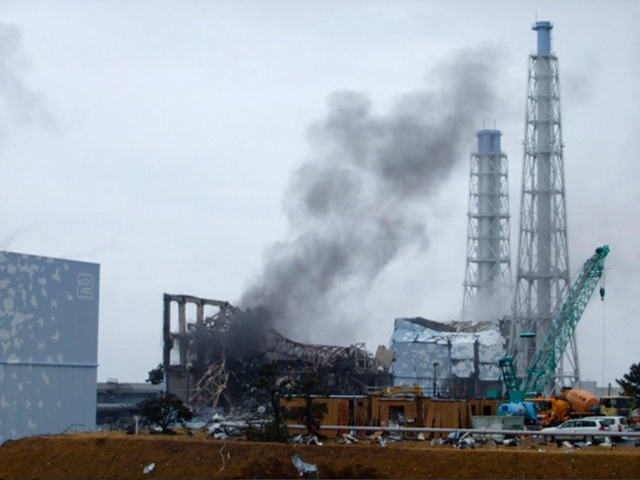Fukushima No. 1 plant designed on ‘trial-and-error’ basis
7 April 2011 (Asahi Shimbun) – While changes improved safety at the Fukushima No. 2 nuclear power plant, overconfidence, complacency and high costs stymied such action at the now-crippled Fukushima No. 1 plant, according to people familiar with the situation. The difference in the safety designs was the main reason why the crisis continues to unfold at the Fukushima No. 1 plant–one of the oldest in Japan–while the No. 2 plant a few kilometers south remains relatively unscathed by the March 11 Great East Japan Earthquake and tsunami. Officials at another Tokyo Electric Power Co. nuclear plant in Kashiwazaki-Kariwa, Niigata Prefecture, analyzed the differences in safety designs at the two Fukushima plants. According to their analysis and TEPCO sources, there are clear differences in safety levels between the two plants concerning power source equipment, such as emergency diesel generators and transformers at the reactor cores, and pumps used to bring in seawater to remove residual heat from the cores. TEPCO documents show that the emergency diesel generators located in the turbine buildings at the Fukushima No. 1 plant were flooded by the tsunami and rendered inoperable, except for the one at the No. 6 reactor. This effectively disabled the cooling mechanisms. … Both the No. 1 and No. 2 nuclear plants were hit by waves more than 14 meters high, well above the expected limits of 5.7 to 5.2 meters estimated in safety designs. The tsunami rendered inoperable all of the No. 1 plant’s pumps, which were also not located within a sealed structure. … When the Fukushima No. 1 plant was being built, Japan was importing technology from the United States and learning from a more advanced nuclear power nation. The No. 1 plant was considered a “learning experience.” A former TEPCO executive said, “The Fukushima No. 1 plant was a practice course for Toshiba and Hitachi Ltd. to learn about GE’s design on a trial-and-error basis.” …
